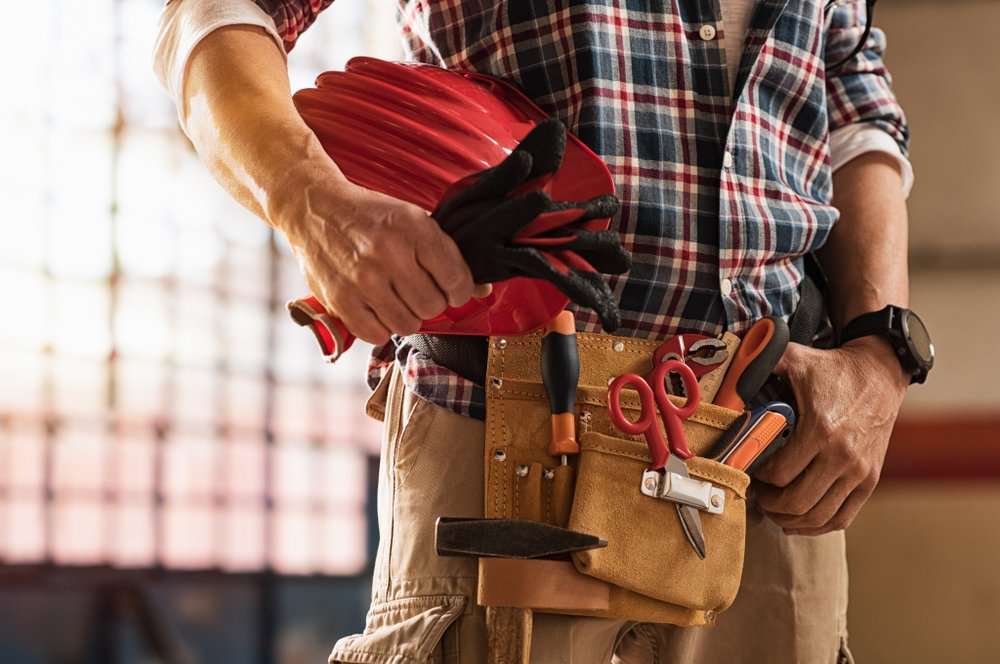A skill that can be called a building block of a major part of the world we live is bricklaying. A bricklayer is the creator of almost all the structures that surround us, starting from houses to commercial constructions etc. This is a specialized occupation that requires the expertise of understanding plans of building designs. Almost with the precision and accuracy of measurements and specifications as required by the architect’s master design plan. In this especially important job of executing the design plans, maintaining high-quality standards, apart from professional skills, the appropriate bricklaying tools are of utmost importance.
Further, let us discuss some especially important tools, their usage and maintenance requirements.
- Trowel
Bricklaying trowels are available in a range of shapes and blade sizes. They usually range between ten to fourteen inches in length and the width of the blade also varies. This tool has one rounded edge; good for rough scrapping, however, its usage is not advisable for a beginner. A pointing trowel, a smaller version of the trowel, characterized by two straight edges is used to add a certain finish to the work. The blade of the trowel is prone to rust, hence must be kept clean and dry, with a light coat of oil when not in use.
- Spirit level
A spirit level is one of the most expensive bricklaying tools in the kit and used to check the alignment of the brickwork in terms of level and plumb or horizontal and vertical corrections, respectively. These also are available in various sizes, however, the most used are usually between nine hundred to twelve hundred millimetres in length. Another similar kind of level, known as the boat level, is characterized by two bubbles for levelling and plumbing work. Both the types of levels can be made of metal or wood, but the wooden ones are easier to maintain.
- Tingle plate
It is a tool with great benefit, used for holding the line over and along the length of a brick wall to identify and remove signs of sagging. The plain end of the tool is held in place with a heavy object on top of the laid work and the string is pulled through the cuts.
- Club hammer
A club hammer is a bricklaying tool that may be used with a chisel or a bolster. Personal protective equipment such as protective goggles must be used, and care should be taken that the head of the tool is secured properly so that it does not come off.
- Bolster
Bolsters are used for brick cutting. It has a sharp cutting edge; hence handling should be done with proper eye protective goggles. A cold chisel is remarkably like a bolster. Smaller blade size is used for cutting a brick structure after it has been laid.
- Gauge rod
This bricklaying tool is quite inexpensive as it can be easily made as a DIY tool out of a length of wood with vertical markings for the bricks along one edge. It is used to ensure that the courses of a wall are equal when the brickwork is being one from both ends.
It is not unusual to think that most people have come across or witnessed masonry or bricklaying work in their lifetime. Even the most basic ones like installing a brick wall or flattening the mortar require a brickwork tool. The tool kit must be used carefully because of the safety aspect and need to be maintained properly as some of the tools are quite expensive.
When purchasing tools, a bricklayer should be mindful of the level of usage of that tool, especially the expensive ones. Tools that are required for everyday work need to be durable to withstand the work. Get your brick way to be laid right away!











Find Us on Socials